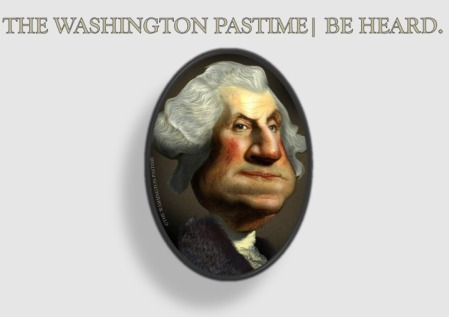One of the most vital tenets of fiction is that you can’t write it without a good story. This may seem incredibly simplistic, but the basic fundamental of “the story” cannot be ignored. Even a talented writer will squander his or her talents on a plot that goes nowhere, characters that aren’t interesting, or situations that are too unbelievable. While your story must be unique and original, there are some elements that are universal. Thinking about these elements individually will weave a story that readers—and publishers—will want to read.
So, let’s take a quick look at what you should already know. A traditional story will have an introduction (though, if it suits your story, you may want to start your story in media res, meaning in the middle of the action), a period of action, a climax (where the drama or action of the story reaches its highest point), and a dénouement, or falling action/resolution.
Consider what kind of point of view you want to write your story in—will it be a first person, character narration (and will that character be a reliable narrator, or something more mysterious), less traditional second person narrator, or a more omniscient third person narrator. Sometimes the role of the characters you write will be helpful in determining this. Don’t mix and match your point of view. Can it be done? Yes. Can it be done well? Not likely. Many of the greatest authors have failed miserably in the attempt. But if you wish to walk down that dark road, you will have your work cut out for you.
The characters that inhabit your story are your audience’s guides to the world you have created. Make sure they all have depth and purpose. Of course, you’ll likely have a main character (or a few), but it is always great for a reader to have multiple characters that they look forward to entering a scene. Take a look at the sixteen personality types to learn who your characters are, and most importantly, how they will react to the situations you will put them in. Personalities typically fall within four categories: idealist, rationalist, traditionalist, and hedonist. Under these personality categories there are sixteen personality types, which are as follows: conscientious, sensitive, vigilant, dramatic, aggressive, idiosyncratic, inventive, solitary, leisurely, serious, self-sacrificing, devoted, self-confident, adventurous, mercurial, and exuberant. A great place to learn about personality types is here: http://www.personalitypage.com/high-level.html and http://www.ptypes.com/
A character may make a story interesting, but a plot gives those interesting characters a reason to do the things they do.
The plot will guide your characters through their experiences, gradually giving readers more details. Whether the point of your story is a character study or to highlight a series of events, you can’t let the plot dangle or fall away. One important thing to remember when crafting the plot is what is known as “the suspension of disbelief.” Your audience, having entered into a kind of agreement to accept your story, must allow some dramatic license—but only if it is necessary to the story. Respect this relationship, pay attention to plot holes, and tie up loose ends. If your story is not a linear one, make sure it is still clear. As an author, you are dramatizing reality, but while your story does not need to be a report, it still needs to adhere to the boundaries of what serves the narrative best. Every author has a different writing process, but you might find it helpful to create a storyboard of events to help you see ahead to what is coming. This approach (knowing what is at the end before you get there) might help enrich your story from the start.
The plot also determines the setting (both place and time) of your story, which may or may not play a role of its own. Great descriptive writing of the setting can make a story feel more alive, but don’t get bogged down here if it is not necessary.
All of this information and none of this information are true when writing fiction. That is what makes the form so powerful and creative. You can bend rules, break rules, and wrap rules into little bows. The key is capturing your audience, telling a story, and getting across your message. And you make the decisions that will guide them on their journey.
Go to the next section: How to Improve Your Writing NOW! (COMING SOON!)




